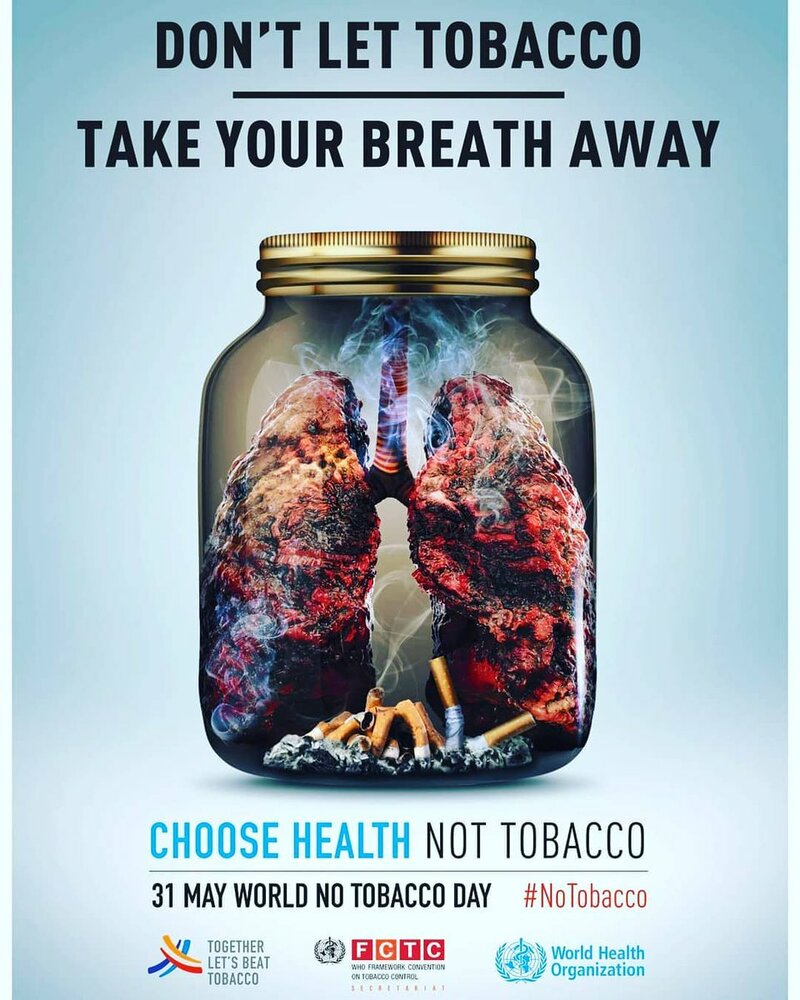Why subsidized forex is still used for tobacco?

TEHRAN- It might be hard to believe that cigarettes are among the products that are imported using subsidized foreign currency, Deputy Health Minister Alireza Raisi has said.
“Unfortunately, instead of allocating subsidized foreign currency to importing many necessary medical supplies, it is used for importing cigarettes. $170 million, at subsidized rate, was used for importing tobacco and $16 million for importing cigarette papers,” he said.
According to ISNA, Raisi made the remarks in a press conference on Saturday organized on the occasion of “No Tobacco National Week”.
“According to Health Ministry statistics, annually, around 35 to 40 billion cigarettes are produced inside the country but the local factories have estimated their outputs at about 80 billion so that they can increase their production,” said Raisi.
Tobacco advertisement should stop
Raisi went on as saying that the advertisement for flavored tobacco products should be banned.
“In November 2017, the Administrative Justice Department of the Judiciary ordered that all advertisement for flavored tobacco products must be banned, but ever since nothing has changed and the product is still being used and advertised, so we cannot expect environmental health experts to fight single-handedly against the tobacco use.”
“This year, the World Health Organization’s campaign on World No Tobacco Day (31 May) is called ‘Don’t let tobacco take your breath away’, and we also need to realize this goal,” he added.
There are many rules and legislations against tobacco use but the problem is that they are not observed neither by retailers nor by the Ministry of Industry.
What provinces have the highest use?
According to Raisi, cigarette use is the highest in Markazi province, West Azarbaijan province, Qazvin province and Alborz province.
“Also, Hookah is used the most in the provinces of Bushehr, Hormozgan, Sistan-Baluchestan and Fars. In southern provinces, hookah use is more widespread among women than men.”
“Smoking rate is the highest among people between the ages of 45 to 54,” he added.
Earlier in June, Tobacco Prevention and Control Research Center announced that about 12 percent of Iranian adults above 15 years old are daily smokers.
Including hookah smokers, the percentage of smokers reach about 20 percent, the report added.
According to the head of the center, Gholamreza Heidari, about 20 percent of men and two to three percent of women are daily smokers.
Annual sales of cigarettes at $238 billion
Over the conference, the secretary general of Iranian Anti-Tobacco Association announced that 200 billion rials (around $4.7 million) are paid every day for purchasing cigarettes, this amount to 1 quadrillion rials a year (around $238 billion).
“There are no other industries in the country which their factories have been increased at such a fast rate, but the number of tobacco factories has grown from nine to 17 in only two years, from [the Iranian calendar year] 1394 to 1396 (April 2015 to 2017),” said Mohammadreza Masjedi.
“There are many rules and legislations against tobacco use but the problem is that they are not observed either by retailers and owners of businesses or the Ministry of Industry,” he added.
According to World Health Organization Director-General Dr Tedros Adhanom Ghebreyesus, every year, tobacco kills at least 8 million people. Millions more live with lung cancer, tuberculosis, asthma or chronic lung disease caused by tobacco.
According to WHO, over 40% of all tobacco-related deaths are from lung diseases like cancer, chronic respiratory diseases and tuberculosis. WHO is calling on countries and partners to increase action to protect people from exposure to tobacco.
In 2017, tobacco killed 3.3 million users and people exposed to second-hand smoke from lung-related conditions.
More than 60 000 children aged under 5 die of lower respiratory infections caused by second-hand smoke. Those who live on into adulthood are more likely to develop chronic obstructive pulmonary disease (COPD) later in life.
SJ/MQ/MG
